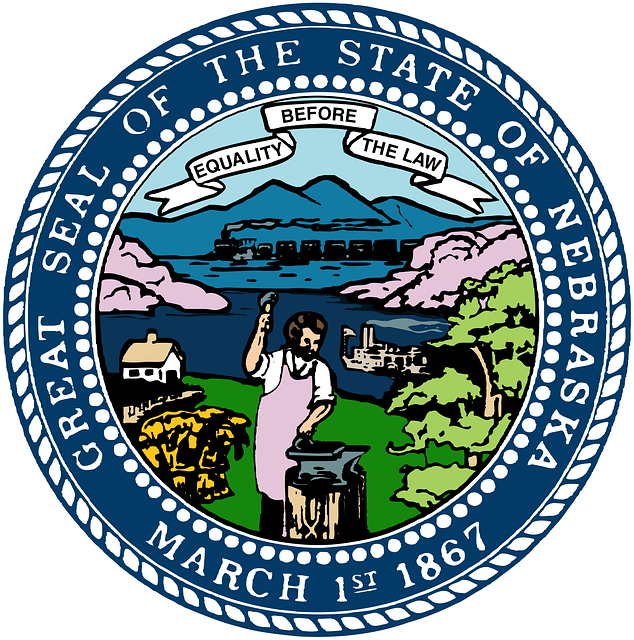Mixed-use real estate developments seamlessly blend residential and commercial spaces, enhancing urban living by offering convenience, community, and sustainability. Synergistic design incorporates shared amenities like coworking areas and retail storefronts, boosting property value and appealing to diverse demographics seeking vibrant, walkable neighborhoods. This innovative approach stands out in the competitive market as a desirable asset for developers catering to evolving real estate landscape needs.
In today’s dynamic real estate landscape, blending residential, commercial, and retail purposes is emerging as a game-changer. This integrated approach, often characterized by multi-use spaces, offers a harmonious coexistence of living, working, and shopping. Balancing residential comfort with commercial functionality and retail accessibility, these hybrid properties cater to diverse lifestyles. By exploring synergies in design and layout, developers can enhance property value and create vibrant, sustainable communities, setting new trends in the real estate market.
Balancing Act: Residential vs Commercial Blend

In real estate, achieving a harmonious blend of residential and commercial spaces is an art. This delicate balance is particularly intriguing in urban areas where land is scarce. Developers must navigate the complex task of catering to diverse needs while maintaining a cohesive environment. One approach involves integrating mixed-use buildings, offering apartments or condominiums above retail shops or offices. This strategy not only maximizes space utilization but also fosters a vibrant community.
Residents benefit from convenient access to local amenities and services, creating a desirable lifestyle. Commercial tenants gain from direct exposure to their target audience, fostering business growth. However, striking this balance requires careful planning and design considerations. Architects must ensure that each element serves the overall functionality while preserving the residential character or vice versa. This meticulous approach is crucial in developing spaces that cater to both residents’ peace of mind and commercial success.
Multi-Use Spaces: Retail's Rising Role

In today’s dynamic real estate landscape, multi-use spaces are gaining traction as a game-changer in the industry. The fusion of residential, commercial, and retail purposes is no longer an optional strategy but a rising trend that redefines urban living. This integrated approach offers a unique opportunity to create vibrant communities where residents can live, work, and shop all within walking distance.
Retail spaces are increasingly being transformed into co-working offices, loft apartments, or mixed-use hubs, fostering a sense of community and convenience. This blend allows for a more sustainable and interconnected environment, where people can seamlessly transition from work to leisure, encouraging foot traffic and enhancing local economies. Real estate developers who embrace this concept can cater to diverse demographics, attracting both young professionals seeking urban lifestyles and families looking for convenient, walkable neighborhoods.
Synergistic Design: Enhancing Property Value

In real estate, synergistic design—a holistic approach that seamlessly integrates residential, commercial, and retail spaces—is revolutionizing property value. By blurring the lines between these sectors, developers are creating dynamic environments that cater to diverse populations, boosting desirability and profitability. This innovative strategy leverages shared amenities like coworking areas within apartments, retail storefronts adjacent to offices, or community spaces connecting residential neighborhoods with commercial hubs.
Such design synergies not only enhance property value but also foster a sense of community and convenience. Residents benefit from proximity to work and local services, while businesses enjoy foot traffic from diverse customer bases. This interconnectedness stimulates local economies and positions these multi-use properties as desirable assets in the competitive real estate market.






